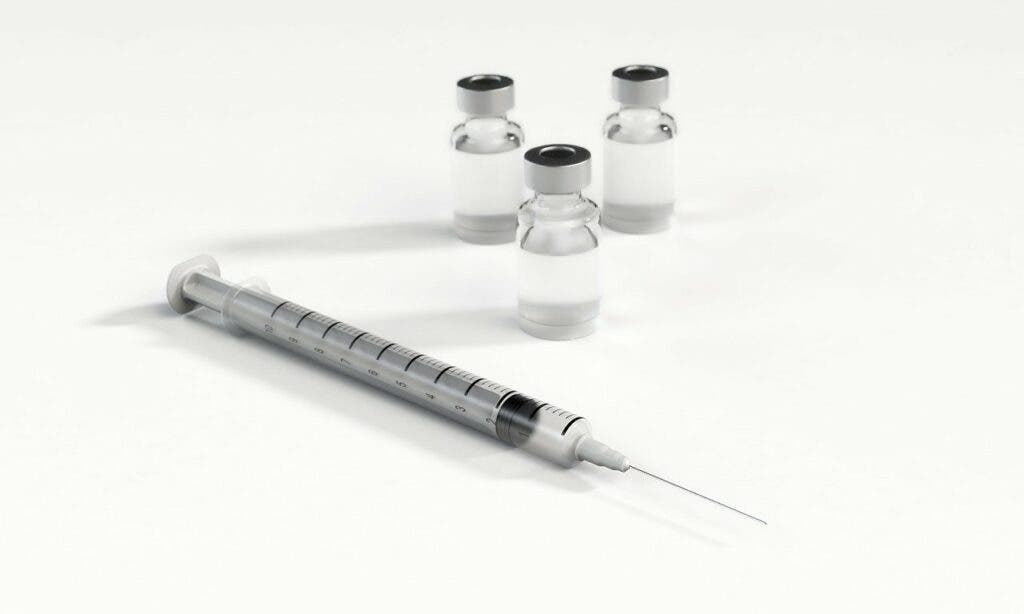This molecule might become an important antibiotic ingredient.

Researchers at The Rockefeller University have developed a brand-new antibiotic, cilagicin, that proved itself effective in combating MRSA, C. diff, and numerous other dangerous infections in lab mice. Even better, it interacts with and neutralizes these threats through a novel chemical pathway. Computer simulations of bacterial gene products suggest that this compound could even kill bacteria that are resistant to a wide range of other antibiotics due to the chemical pathway it targets.
Apart from the direct net benefit that the new antibiotic can provide, the research is valuable in showcasing how computer models can be used to develop novel drugs.
New toys
“This isn’t just a cool new molecule, it’s a validation of a novel approach to drug discovery,” says Rockefeller’s Sean F. Brady. This study is an example of computational biology, genetic sequencing, and synthetic chemistry coming together to unlock the secrets of bacterial evolution.
Many of today’s antibiotics were developed from observing how bacteria go about killing each other; after all, they’ve been developing novel ways of doing this for billions of years now, much longer than humans have even existed. Fungi are another important source of antibiotics, with penicillin being a prime example.
Still, this lengthy arms race that bacteria have been involved in has produced quite a few approaches that can kill these organisms that they cannot develop any resistance against. The ability to reproduce these and bottle them up for human use has never been as valuable as it is now, as there is an urgent need for new active compounds due to the rise of widespread antibiotic resistance.
“Many antibiotics come from bacteria, but most bacteria can’t be grown in the lab,” Brady says. “It follows that we’re probably missing out on most antibiotics.”
“Bacteria are complicated, and just because we can sequence a gene doesn’t mean we know how the bacteria would turn it on to produce proteins,” he adds. “There are thousands and thousands of uncharacterized gene clusters, and we have only ever figured out how to activate a fraction of them.”
In order to overcome some of our present-day limitations with the development of antibiotics, the team turned to algorithms. These can tease apart the genetic instructions contained within a sample of DNA and predict the structure of the compounds they encode. This data can then be taken and used to simulate the action of antibiotic candidates and, if they show promise, synthesize them in the lab.
Although the predictions don’t always align perfectly with reality, as long as the synthetic molecule is close enough to the function that the algorithm indicated, it is still usable. This is similarly true for structure: although the lab might not have recreated the molecule perfectly, as long as it works, it is a win for researchers.
For the study, the team trawled through an enormous database of bacterial genetic genes in search of sequences that were promising as candidates for bacteria-killing molecules that had not been previously investigated. One, in particular, stood out — the “cil” gene cluster — due to its proximity to other genes involved in the production of antibiotic molecules. They then fed the sequences of this cluster through a specialized algorithm which proposed a few compounds that cil likely encodes. One of them, dubbed cilagicin, turned out to have significant antibiotic properties.
In subsequent lab trials, cilagicin reliably destroyed Gram-positive bacteria while not harming human cells. After some chemical optimization to allow the use of this compound in living animals, it also showed great efficiency in treating bacterial infections in lab mice. Notably, it was useful against several drug-resistant bacteria and could even neutralize bacteria that the team bred specifically to resist cilagicin.
The authors explain that the compound works by binding two molecules, C55-P and C55-PP, which help maintain the structure of bacteria’s cell walls. While there are other existing antibiotics in use that bind one of these, none binds to both at the same time. This removes the main avenue of resistance to the approach: bacteria often substitute one of these molecules for the other to resist the antibiotic’s onslaught. The team believes that cilagicin’s ability to disable both of these molecules at the same time may represent a threat that bacteria cannot evolve resistance against.
Despite how encouraging these results are, cilagicin is far from human trials just yet. The authors explain that further syntheses will be required to optimize the compound first, as well as further testing on animal models against more diverse pathogens to determine which diseases the compound is best suited to treat.
But the study is valuable in describing a scalable method that can be used to discover and develop novel antibiotics and active substances.
“This work is a prime example of what could be found hidden within a gene cluster,” Brady says. “We think that we can now unlock large numbers of novel natural compounds with this strategy, which we hope will provide an exciting new pool of drug candidates.”
The paper “Bioinformatic prospecting and synthesis of a bifunctional lipopeptide antibiotic that evades resistance” has been published in the journal Science.


